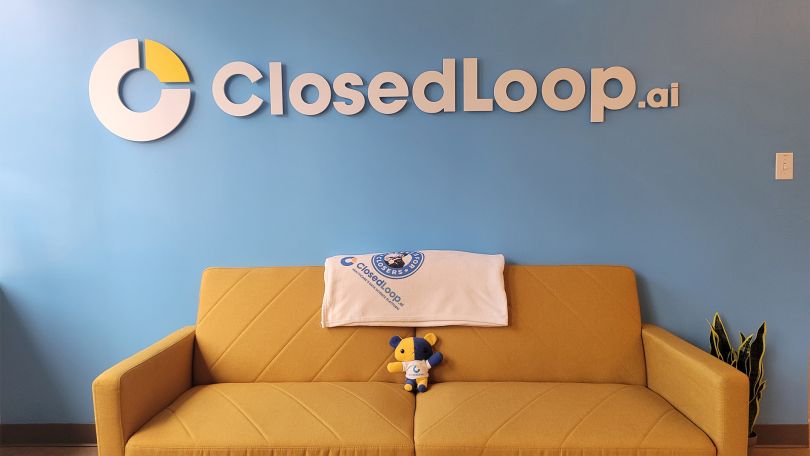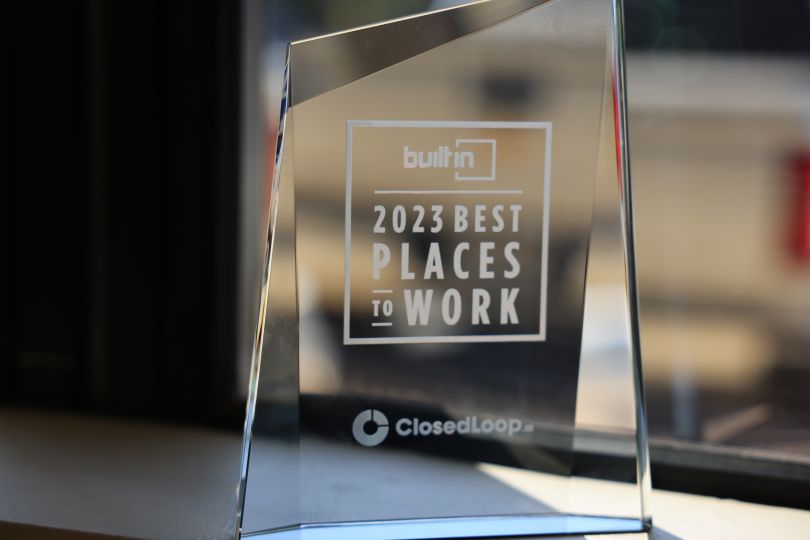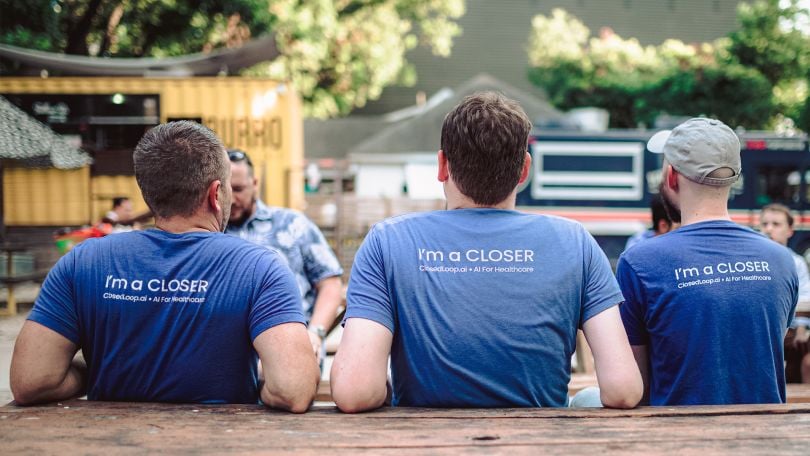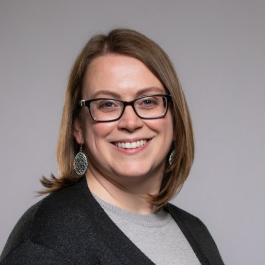Some of the greatest medical discoveries were made by accident.
Penicillin came from a petri dish sample that molded. The vaccine for smallpox came from a woman’s discovery that farmers who worked with cows didn’t get as sick as others when they got the virus. A doctor and a professor teamed up and accidentally discovered the important link between the pancreas and blood sugar, thus leading to insulin as a way to treat diabetes.
What really made these discoveries was not that the “accident” occurred, but that someone was curious and humble enough to question what was happening.
“Working in healthcare — especially population-level healthcare — can be extremely complex and challenging,” said ClosedLoop VP of Engeineering Doug Morgan. “No one individual on the team knows everything about solving the problems we face, which is why we ask so many questions to make sure everyone is on the same page.”
ClosedLoop is a machine learning and AI-powered platform that helps doctors and other clinicians assess healthcare data, then use those insights to make more informed decisions about patient care.
The company is often lauded for its unique workplace culture and for taking on difficult healthcare problems. For example, at the beginning of the Covid-19 pandemic, ClosedLoop was able to create a Covid Vulnerability Index that helped predict who might be the most impacted if they were to get Covid. At the time there was very little data on Covid cases, so having the ability to predict who would be hit the hardest was invaluable. Since then, the team at ClosedLoop has received over $35 million in series B funding and prizes for their work.
“In the tech industry, it’s hard to find problems that can be both good for business and good for society,” said Morgan. “But here at ClosedLoop, we’re doing just that. Not only are we building a great business, but we’re simultaneously improving population health across the United States.”
THE STORY BEHIND CLOSEDLOOP
ClosedLoop was started after the daughter of Andrew Eye, one of the founders, was scheduled to have a liver transplant. Just two weeks before the surgery they found out that what was actually needed was a dose of prednisone. Eye realized there was a huge opportunity to improve the ability of clinicians to make data-informed decisions.

A Culture of Curiosity
ClosedLoop is able to take on important challenges in the healthcare industry because of the in-house team health it has cultivated.
“Collaborating and asking questions are key to success on our team,” commented Morgan. “I think it’s extremely important to look for people who are always trying to learn and grow their skills.”
Being open is a foundational part of the company culture on ClosedLoop’s engineering teams — not to mention an indication if someone will be a good fit when they bring on new members.
“[Their] skills don’t need to be strictly technical, the best engineers are also ones who deeply care about the problems they are trying to solve and how they satisfy our customers’ needs,” Morgan notes.

Evolutionary Growth
The engineering team at ClosedLoop has recently gone through a restructuring where they now take a ‘divide and conquer’ approach to better serve their customers. The team split from one large scrum team into two smaller ones.
“We’re actually in the middle of doing a cultural shift,” adds Morgan.
He notes that the product teams now have the ability to curate their own small-scale workplace culture through team rituals and activities. Each team will intentionally be built around specific problems customers are facing.
The separation into two teams is a sign of growth for Morgan and the other engineers — not unlike cells dividing as an organism grows. The eventual goal is to set the team up to start building additional products, which up until now has not been done at ClosedLoop.
“We are tackling that in a variety of ways, from splitting into smaller and more focused teams as well as looking at how we develop software within those teams,” said Morgan. “I think we have made a lot of great progress in these areas and we’re starting to see the fruits of those changes.”
There were a few clear signals that it was time to shift from one product team into two. The first was that meetings started to cover too much ground.
“Meetings were getting unwieldy, and we needed to give some time back to certain team members who didn’t find all topics applicable in the larger forums,” said VP of Product Management Jannette Hanna.
Hanna noted that the process of creating two teams was very deliberate and communicative. They set up the initial framework for each team, then took time to listen to each person’s concerns, comments and excitement.
“It’s been very collaborative and so far we’re about three sprints into separate teams, running separate stand-ups and other agile ceremonies, and it’s going well,” she commented. The result has shortened some meetings and made the workload more balanced.
Identifying that two teams were needed was no small task. And it was one that required leaders like Hanna and Morgan to make some intentional decisions.
“Earlier in my career, I used to be much more focused on individual productivity and velocity,” Morgan said. “But at the end of the day this is really a team effort. Being very mindful of how to build and structure teams and processes is very important.”

Scaling Smarter, Not Harder
Hanna noted that even though there are now two teams, the emphasis is always on collaboration and pitching in.
“We’d rather have a cohesive team than a loose affiliation of heroes,” added Hanna. “We’re looking to solve big problems for our clients in the realm of healthcare data science, and that requires a lot of accountability and collaboration to make sure we’re doing this effectively and consistently.”
“We’d rather have a cohesive team than a loose affiliation of heroes.”
Addressing important problems — like gathering and organizing the data that a doctor uses to make a diagnosis — requires an approach to work that is built for longevity.
“Team culture means finding ways to work together in a sustainable way,” concludes Morgan. “You can have teams that work well together but don’t do it sustainably — working long hours and weekends, for example. You can also have teams that work sustainably but not cohesively. Finding the right balance for each unique team is very important when seeking to create and maintain the best team culture possible.”







